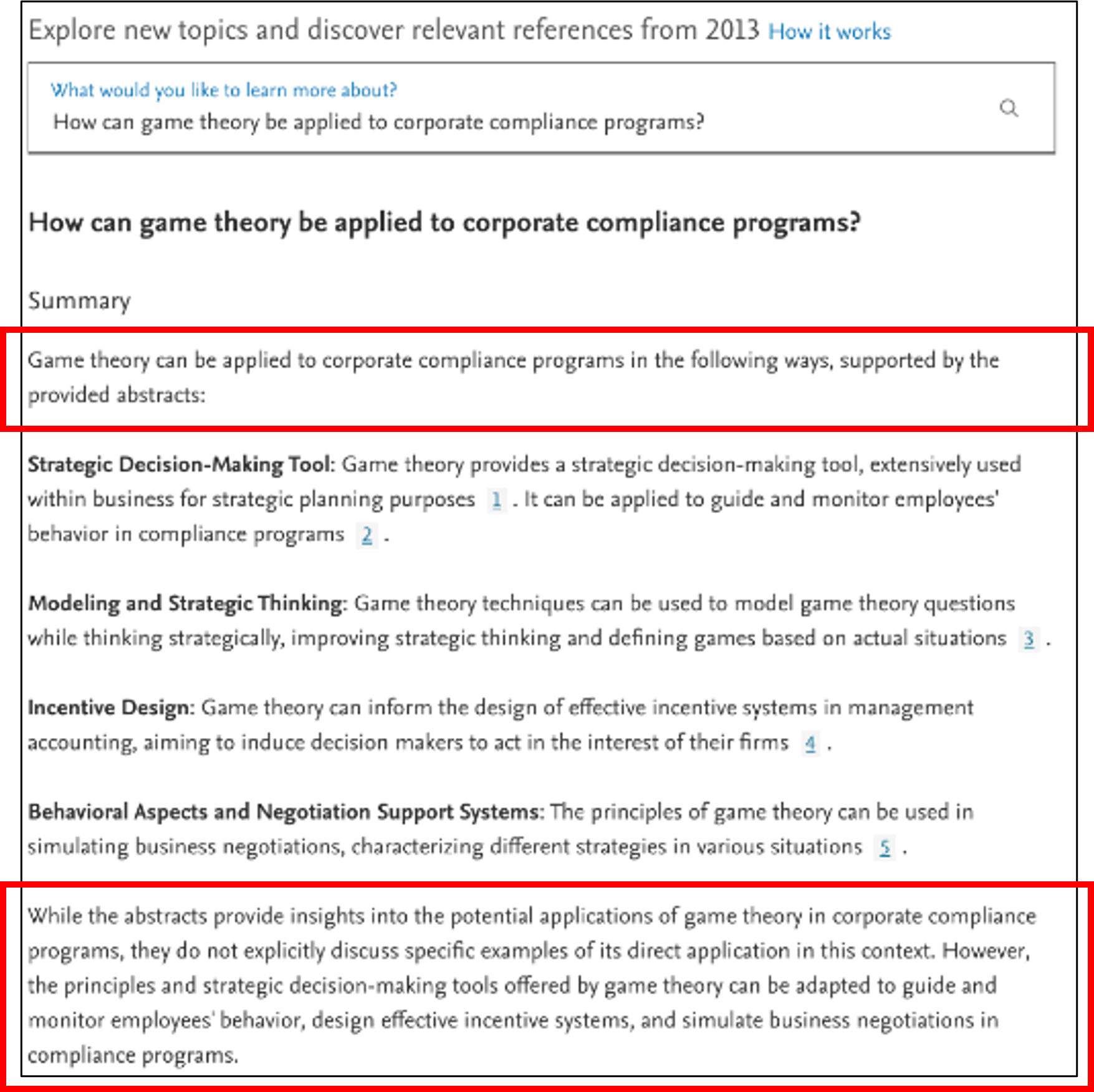The academic community was closely involved in designing and rigorously testing Scopus AI, and members continue to shape its future through user testing and in-product feedback. Since Scopus AI’s launch in 2024, your community feedback has led us to introduce the following features:
Read on for details and examples of how each feature improves your Scopus AI experience.
Concept map relationships: We updated the Scopus AI Concept map so that when you click on a node, you’ll see how the node relates to the topic, with the relationship highlighted in orange. Underneath the Concept map, you’ll see an outline and explanation of the relationship. Click on other nodes to highlight those relationships and see updated explanations.

Read on for details and examples of how each feature improves your Scopus AI experience.
Concept map relationships: We updated the Scopus AI Concept map so that when you click on a node, you’ll see how the node relates to the topic, with the relationship highlighted in orange. Underneath the Concept map, you’ll see an outline and explanation of the relationship. Click on other nodes to highlight those relationships and see updated explanations.



Export to SciVal: You now have the option to export references to SciVal to conduct further analysis.
